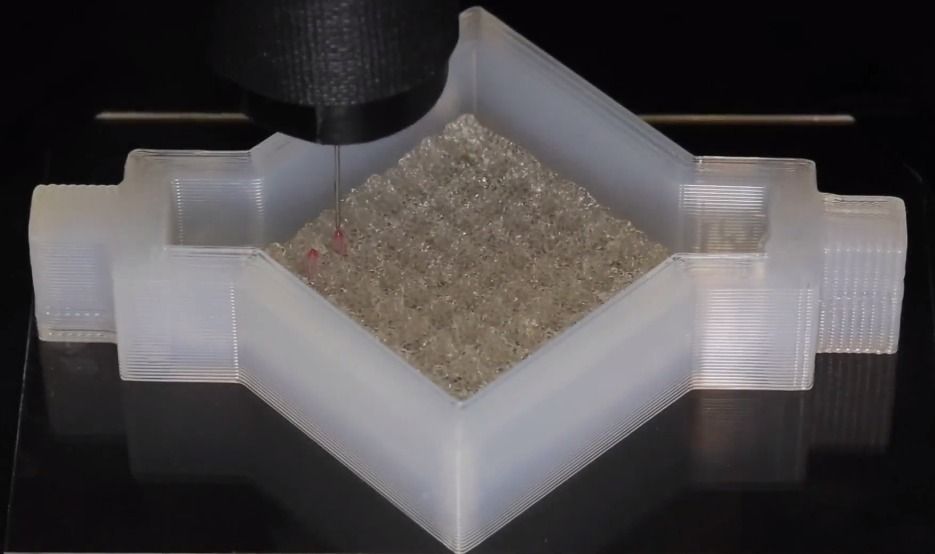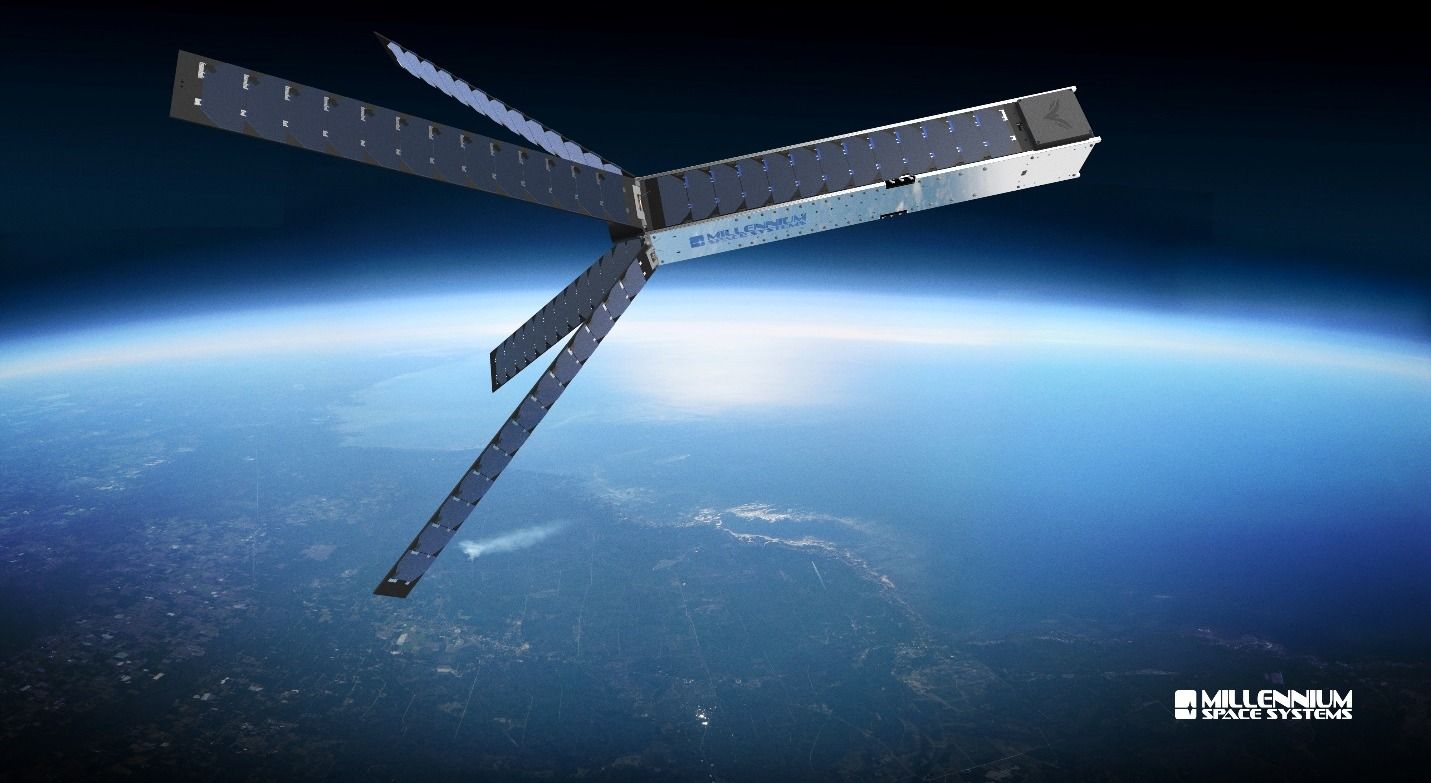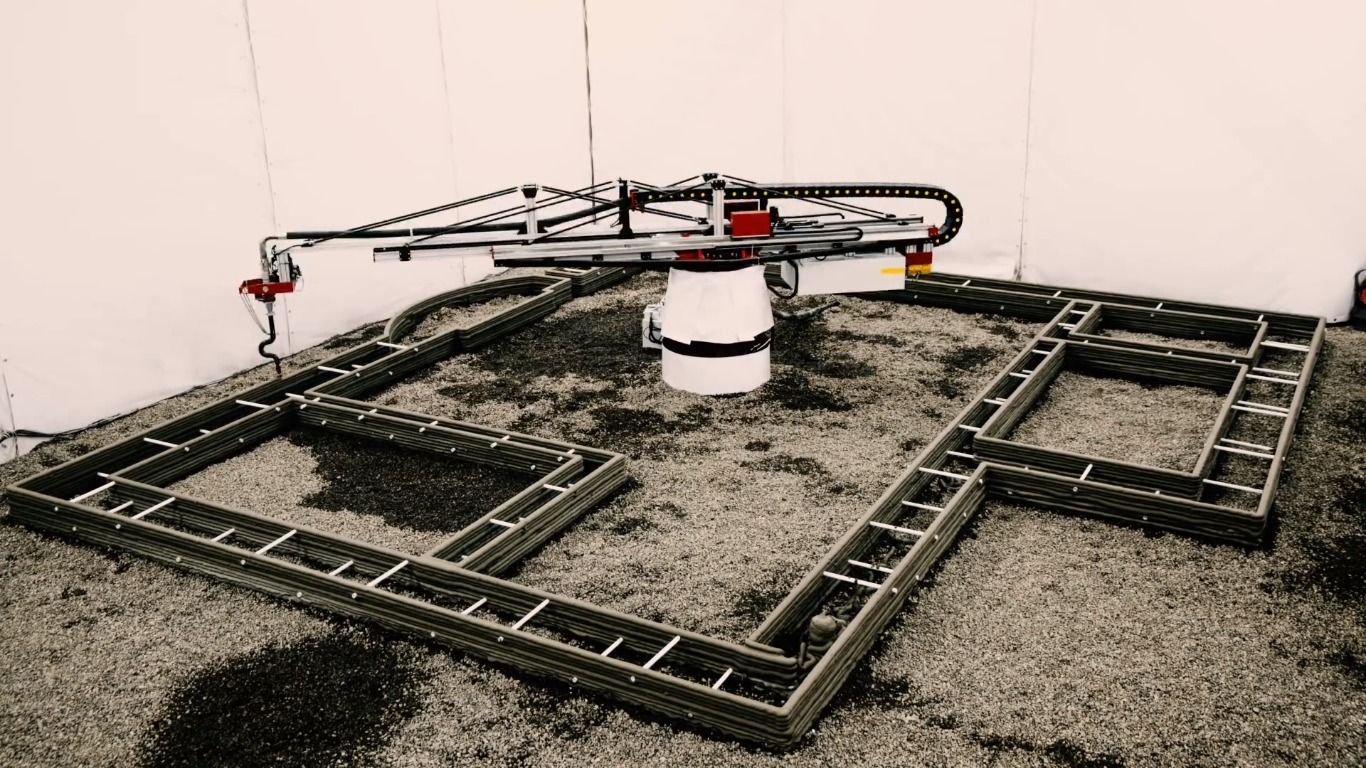Very cool; I do look forward to see where we land in the next 5 years on mobile imaging systems.
Years ago I remember developing software for a mobile blood gas analyzer to help researchers and doctors in some of the world’s most remote locations. And, the technology then did improve survival rates for so many. And, I see advances like this one doing so much for many who do not have access or the luxury of centralize labs, or hospitals, etc.
Democratizing Cellular Time-Lapses with a Cell-Phone!
A group of researchers from Uppsala University have recently developed an affordable system capable of capturing time-lapse videos of living cells under various conditions. Dubbed the affordable time-lapse imaging and incubation systm (ATLIS), the system can be constructed out of off-the-shelf electronic components and 3D-printed parts while using a standard smartphone for imaging.
While there have been other microscope adapters for smartphones to enable easy image capturing, the ATLIS is much more than microscope smartphone adapters. It is optimised in order to convert old microscopes found in abundance in Universities and hospitals into full-fledged time-lapse systems to image cell dynamics. Such a system requires strict environmental control of temperature, pH, osmolarity and light exposure in order to maintain normal cell behaviour.






